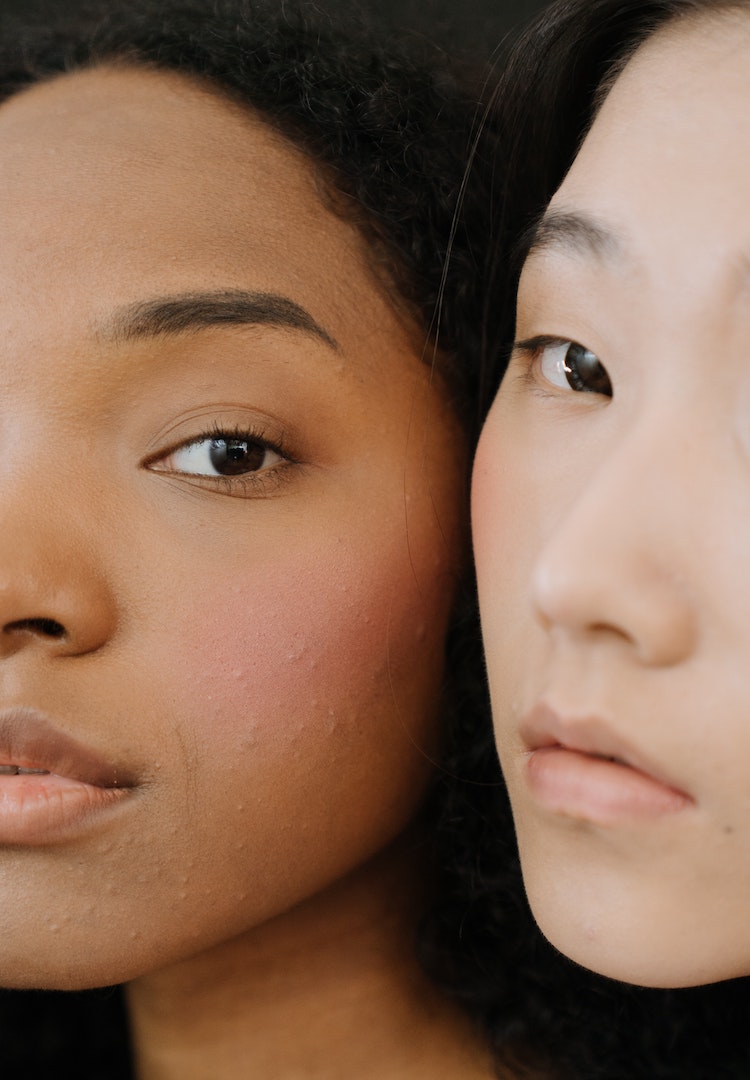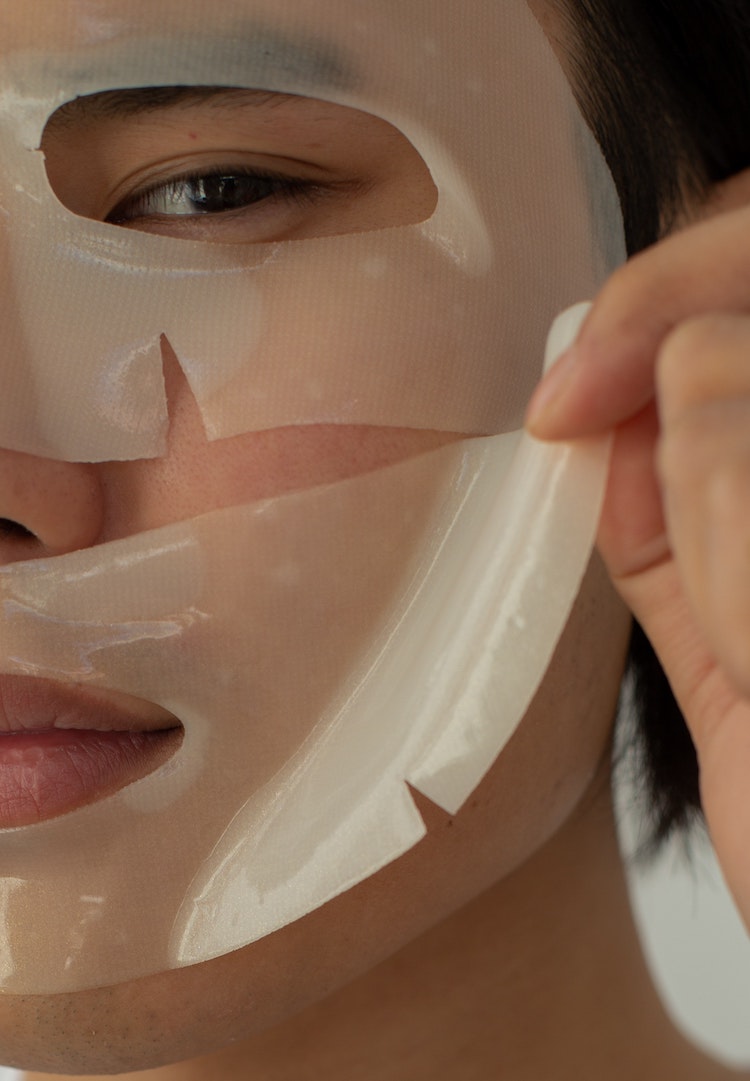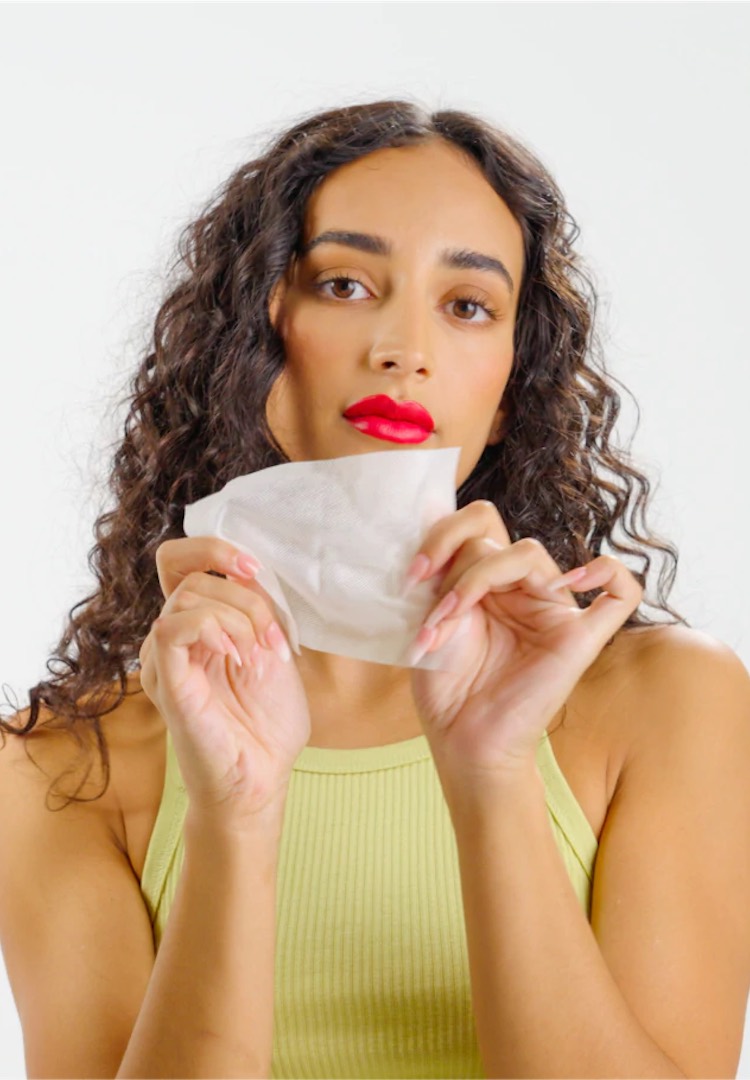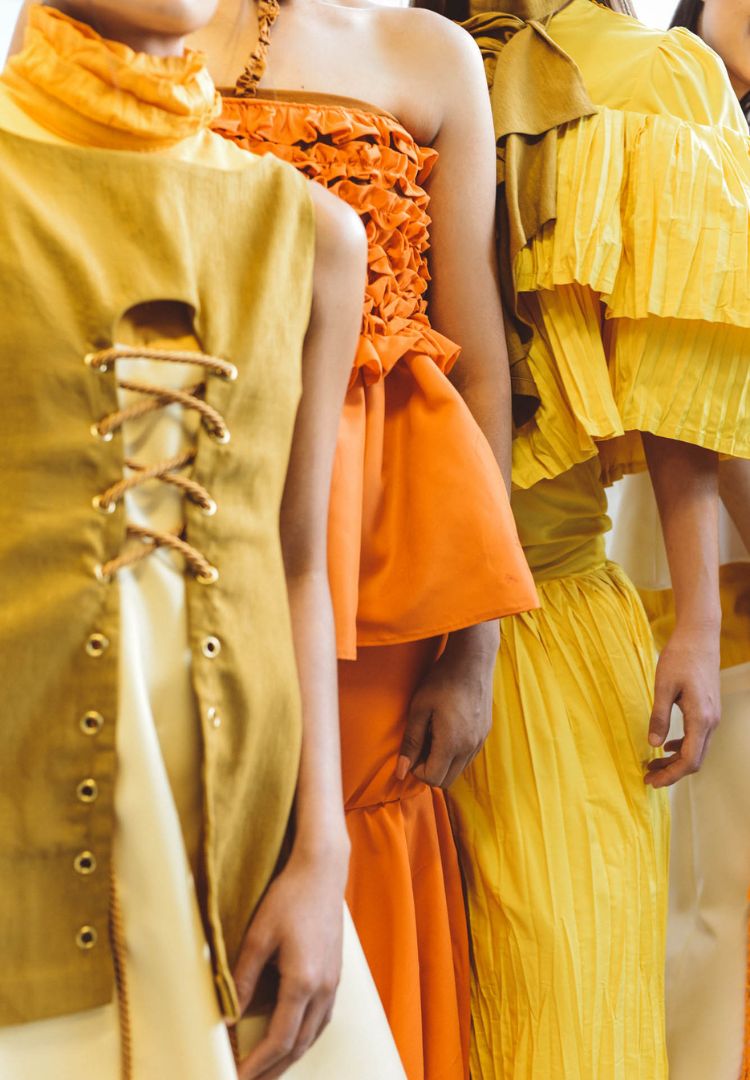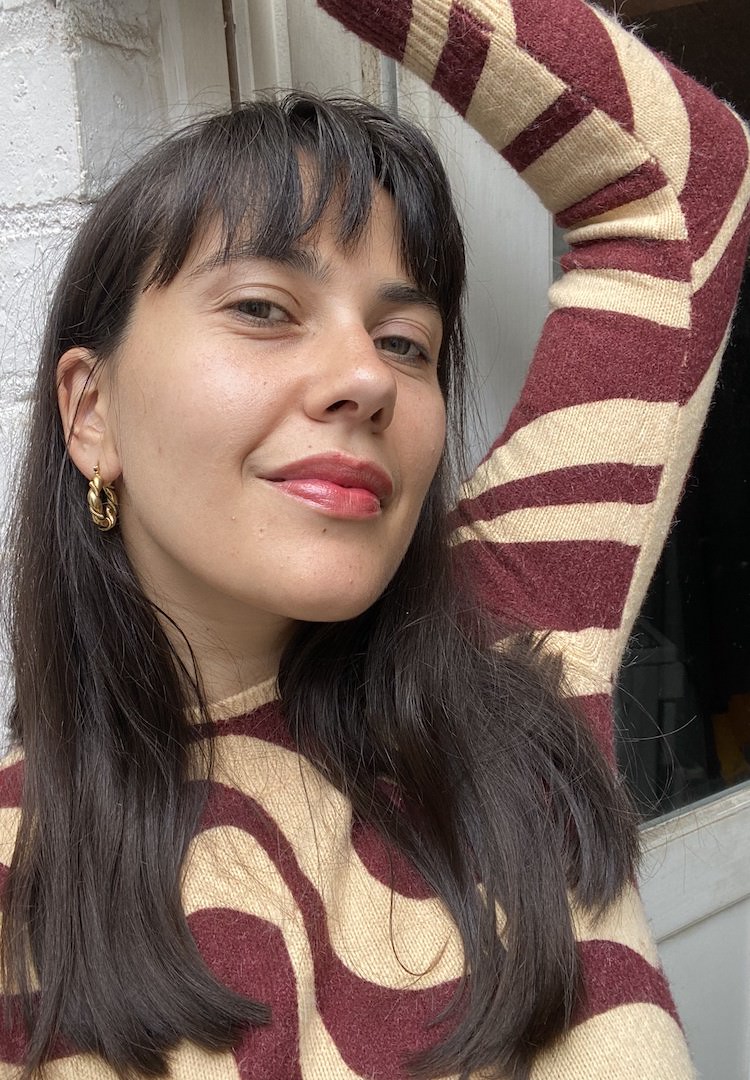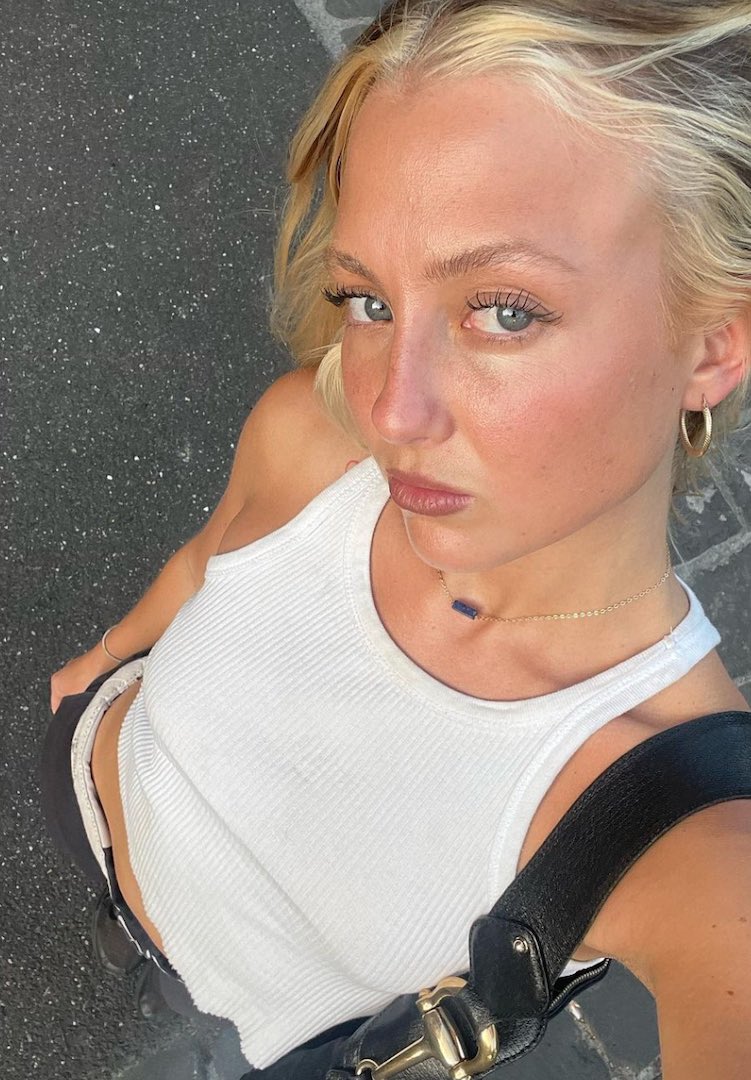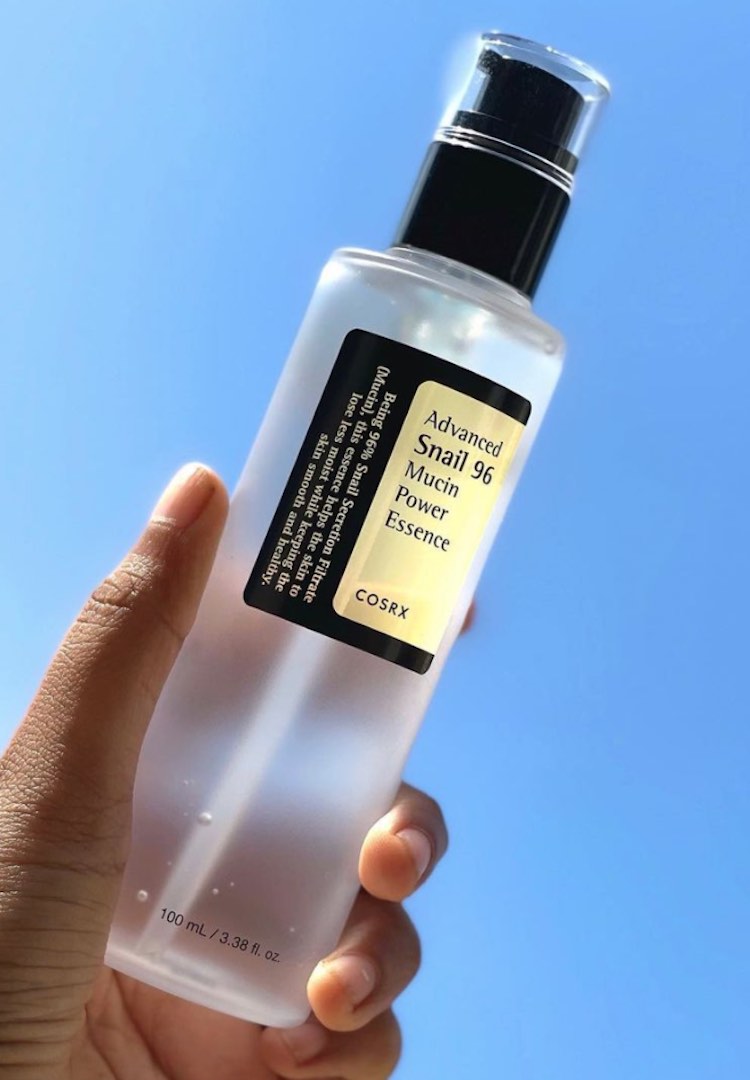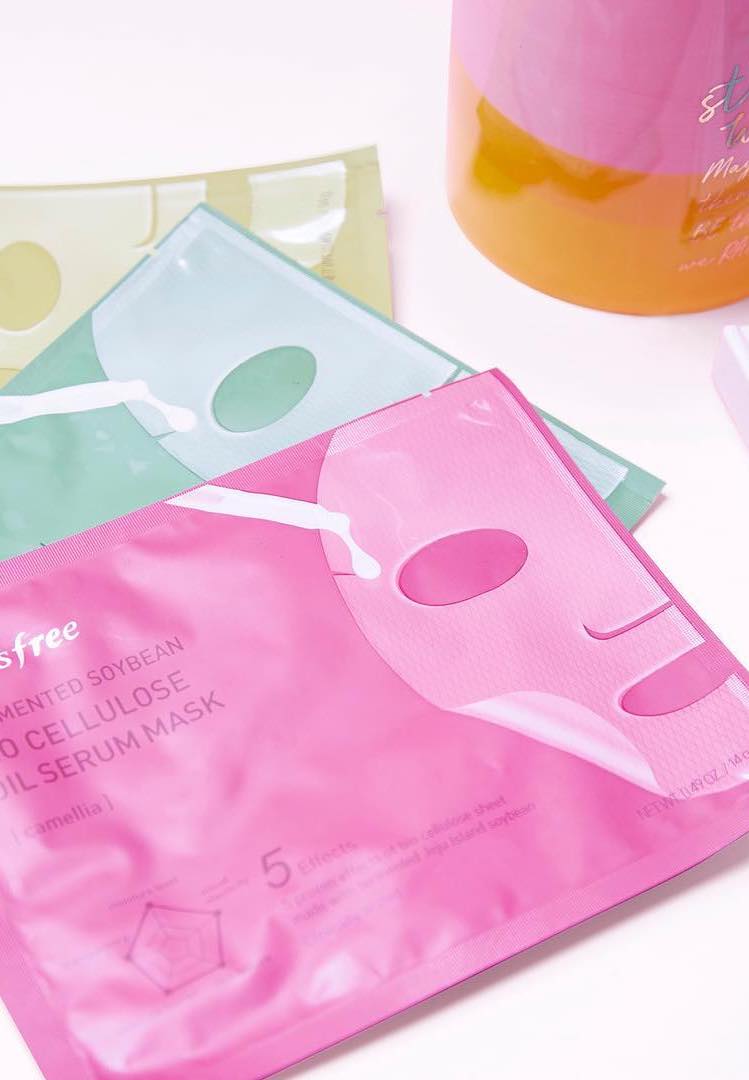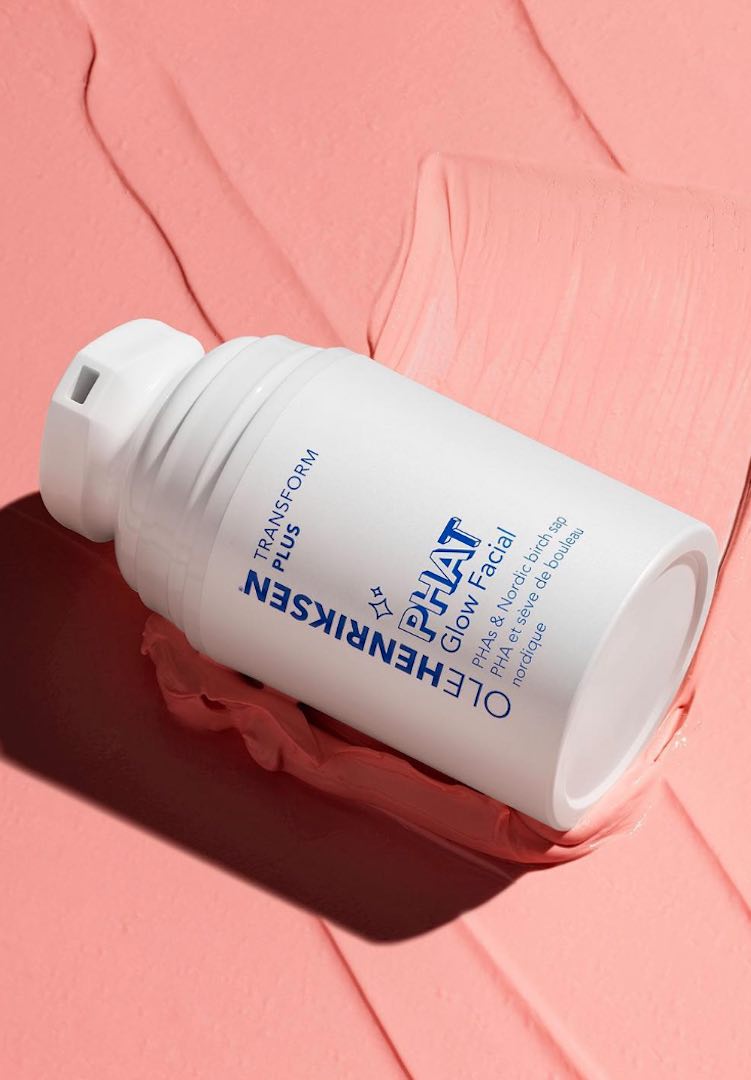I tried a sheep placenta face mask so you don’t have to
WORDS BY HANNAH COLE
Volunteering as tribute in the name of beauty.
The beauty industry has a knack for making us try some outlandish products and procedures, all in the name of remaining forever young.
There’s snail mucin (yes, actual mucus from an actual snail), bee venom, the hydrafacial (which vacuums your face and proudly offers a bottle full of the resulting gunk) and bird poop facials (you can figure that one out yourself).
We like nosy people. Don’t be shy, head to our Beauty section for more.
I’m not ashamed to say that I harbour a level of vanity. I have my daily SPF and facial oils routine down pat, but there is always more work to be done and another age-defying treatment that supposedly halts wrinkles in their tracks. In search of my best possible skin, I volunteered as a tribute to trial placenta face masks.
Why placenta?
You may or may not be comforted to know that the placenta in these products is not derived from humans. Instead, sheep placental protein is the most common source (fun fact: there are no major nutritional differences between human and sheep placenta. Is this horrifying or comforting?). Other products use cow, pig or plant-based alternatives.
In terms of the benefits, believers and brands say that these proteins fight damage with antioxidants which protect the skin from free radicals. The placenta encourages skin renewal for a glowing and even complexion, boosts collagen production and helps reduce scarring, redness and wrinkles.
Placenta in beauty products has a storied past. Its first noted use was in the 1950s by an American cosmetics company, only to have the products seized due to misleading marketing. Women were promised their skin would “remain in the ‘bloom’ of babyhood” and that the cream would make them look “incredibly young”.
Evidently, this initial misstep didn’t deter brands, with countless products now available, ranging from soft-gel supplements, creams, serums and, of course, sheet masks. Now, the products are most popular in China, Japan and South Korea.
As with placentophagy (the consumption of one’s own placenta), the science is a little murky and divided. There have only been a few studies conducted regarding the placenta’s beauty benefits and it’s rare to find mainstream or larger brands using the ingredient.
Some experts have also noted the estrogen present may even cause issues for women. All that aside, I put it to the test.
There is sheep placenta on my face
To say I walked into the bathroom confidently for my first ‘placenta beauty session’ is a gross overstatement. I’m typically more veggie-adjacent than meat, so the thought of layering my face in a sheep’s placenta was gag-worthy. Thankfully, my chosen ‘living cell therapy’ mask was also enriched with rosehip oil, disguising the smell and hydrating the skin.
Upon opening the sachet, I was met with a scent more reminiscent of a cherry-flavoured Starburst than the afterbirth of a sheep. This was a pleasant surprise considering I would need to leave the sheet mask on my face – in prime sniff position – for ten minutes. I definitely can’t hold my breath that long.
Pre-mask, my skin was thoroughly sun-soaked, a little dry from the saltwater and ravaged from a day outside. My face needed a little love: some hydration, oiling and pampering was needed to bring it back to life. After a patient ten minutes of having to forgo iPhone facial recognition, I peeled off the serum-laden layer and discarded it.
I’ll be honest with you here – I went budget for this mask, the bottom of the barrel. While I do believe that cheaper doesn’t always mean lesser, in this instance, a cup of coffee may have been a better purchase with my spare change. I was sticky and oversaturated – a hot mess of goo– not radiant and pampered. I glistened a little bit too much in the stark bathroom lighting.
In saying that, the experience was less unpleasant than I had envisioned, it just left me underwhelmed. When there are so many promising skincare solutions these days, I’m hesitant to continue with something that doesn’t a) create a relaxing, enjoyable experience or b) leave me feeling supple and refreshed straight after.
I’m not ruling out placenta-based beauty as a wrinkle-busting product forever. With more gripping research and scientific backing, I may find myself slathering my face in more animal-based products than I ingest. Only time will tell. For now, I’ll stick to hemp beauty and facial oils. In this day and age, I think plant-based is more my thing.
For more on the benefits and potential side effects of placenta skincare, try this.

